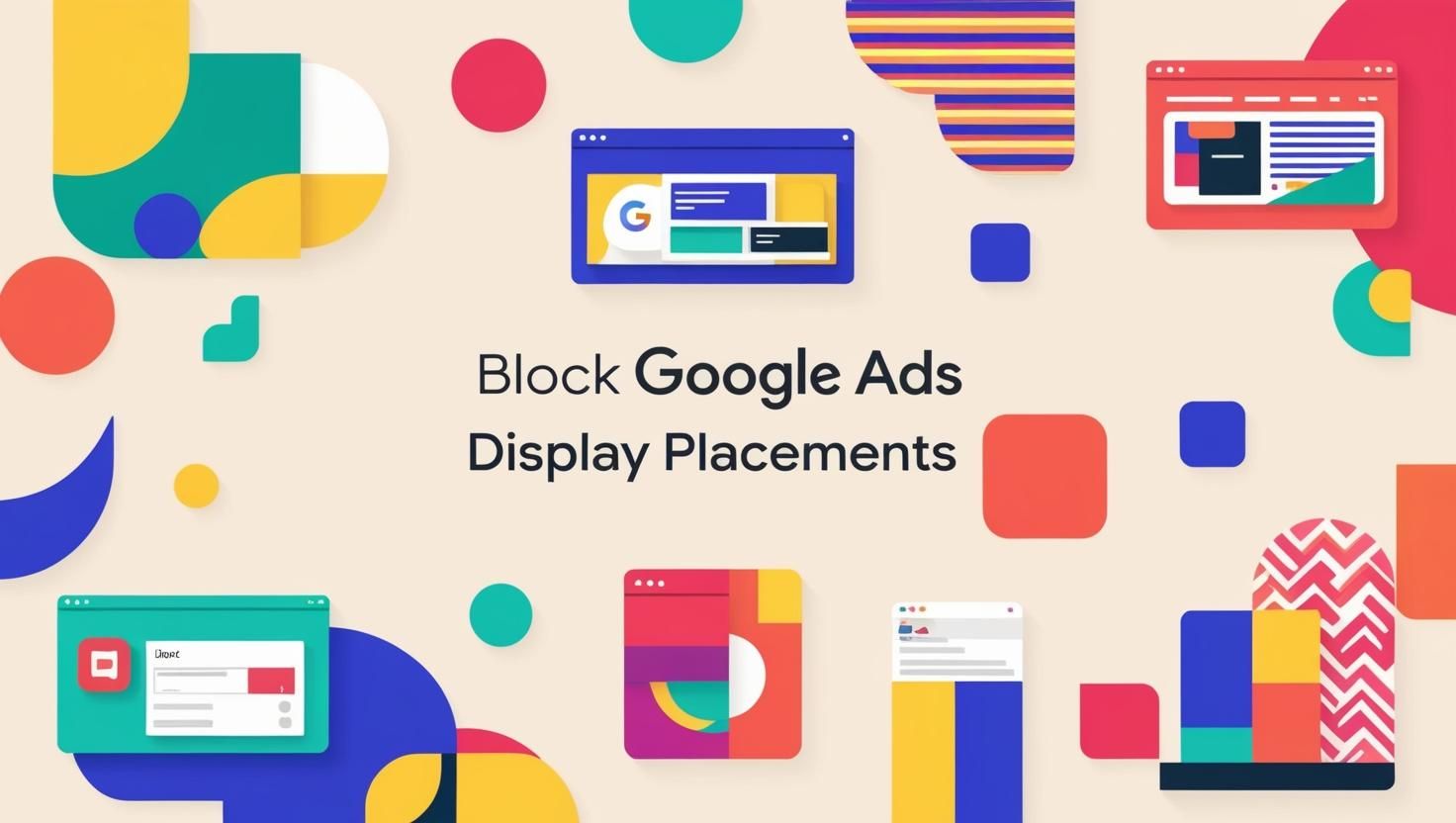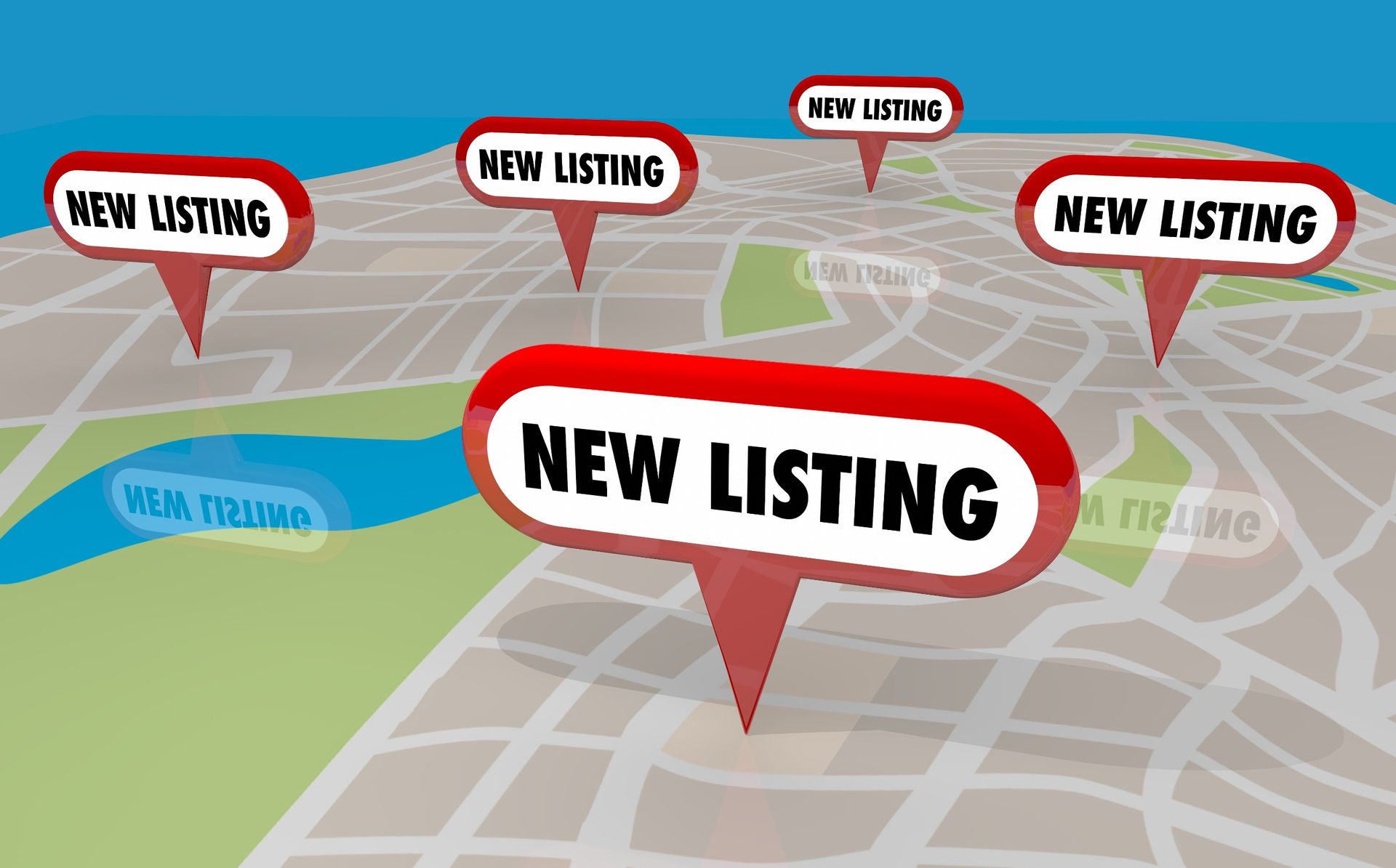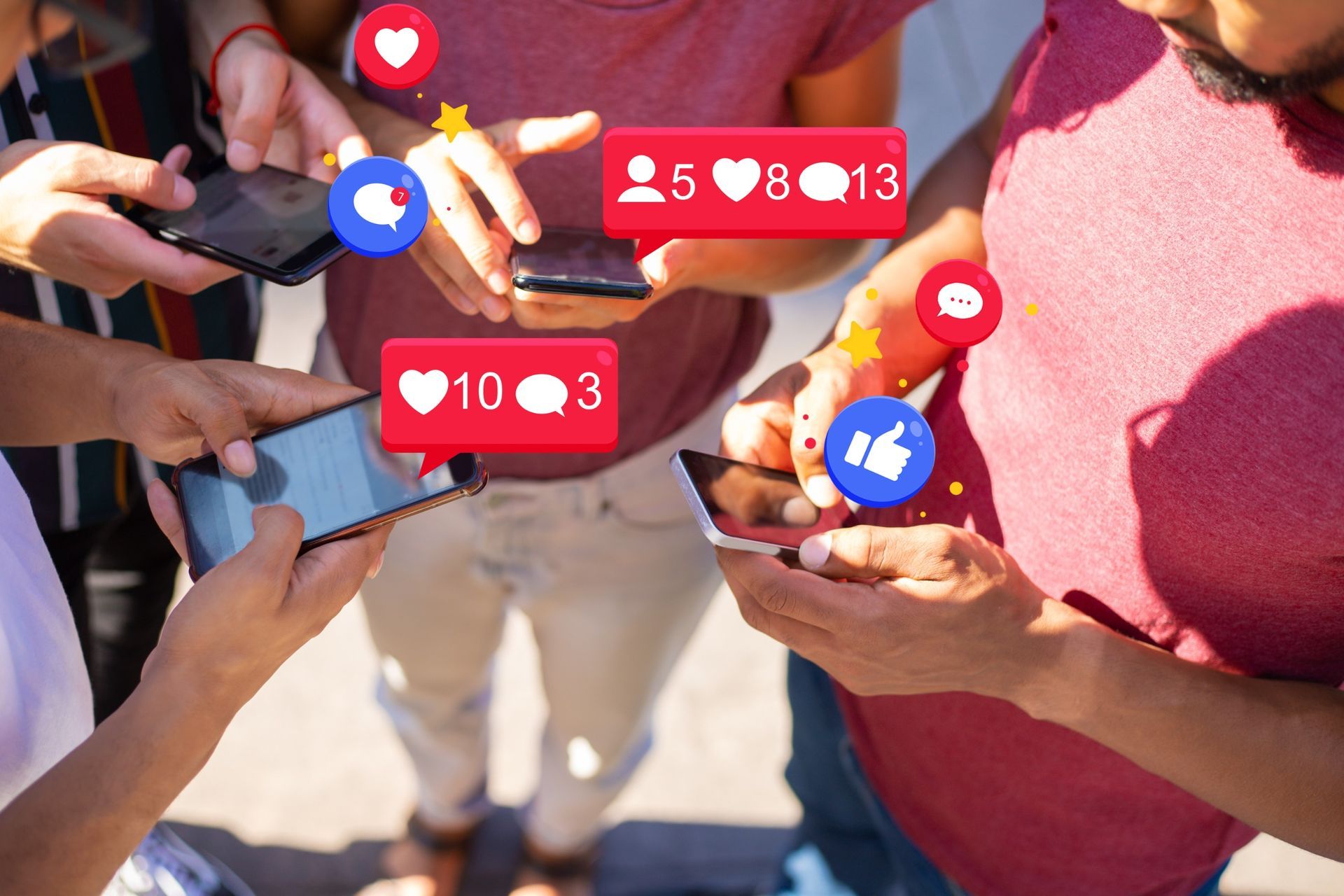Mastering the Art of Storytelling in Digital Marketing
As every business owner knows, capturing and retaining the attention of your audience has never been more challenging, especially with smart devices called phones everywhere. With the constant barrage of content competing for attention, how do you ensure your message stands out?
The answer lies in the age-old art of storytelling. Effective storytelling in digital marketing has the power to transform your business by creating meaningful connections with your audience.
In this blog post, we'll explore ten powerful storytelling techniques that can elevate your digital marketing strategy, providing you with practical tips and examples to implement right away.
Why Storytelling Matters in Digital Marketing
Storytelling isn't just for kids' bedtime; it's a crucial tool for engaging your audience and conveying your brand's message compellingly. With the right story, you can humanize your brand, evoke emotions, and build trust. For business owners, understanding the importance of storytelling is the first step towards digital marketing success.
Creating a Relatable Brand Persona
To tell a compelling story, you first need a relatable main character. In digital marketing, your brand persona is that character. Keep in mind that it should reflect your brand’s values, mission, and personality.
- Define Your Brand's Voice and Tone: Is your brand formal or casual? Friendly or authoritative? Clearly define these aspects to maintain consistency in your storytelling.
- Understand Your Audience: Know who you are talking to. Your brand persona should resonate with your target audience's values and interests and speak directly to them, instead of at them.
- Be Authentic: Authenticity breeds trust. Ensure that your brand persona is genuine and aligns with your actual business practices; not just a nameless marketing voice.
Leveraging Customer Testimonials
Customer testimonials are quite a marketing trick because they provide social proof and build credibility. They are real-life stories from real customers, which makes them inherently trustworthy and more open to positive reception.
- Collect Diverse Testimonials: Reach out to a variety of customers for testimonials to cover different aspects of your product or service.
- Highlight Specific Benefits: Use testimonials that highlight specific benefits or solutions your product/service provides.
- Use Multimedia: Video testimonials can be more engaging than text. Encourage customers to share their stories on video.
The Hero's Journey Framework
The Hero's Journey is a classic storytelling structure that can be highly effective in digital marketing. It involves a hero who goes on a quest, faces challenges, and ultimately triumphs.
- Identify the Hero: In your brand story, the customer is the hero, not your product.
- Present a Challenge: Clearly define the problem or challenge(s) your hero faces.
- Show the Transformation: Highlight how your product or service helps the hero overcome their challenge.
Visual Storytelling Techniques
A picture is worth a thousand words, and this is especially true in digital marketing. Visual storytelling can capture attention and convey your message quickly and effectively.
- Use High-Quality Images: Invest in high-quality visuals that reflect your brand’s identity and tell a succinct story.
- Incorporate Infographics: Infographics can simplify complex information and make it more digestible for your customers.
- Leverage Videos: Videos are highly engaging and can bring your story to life in ways static images cannot.
Emotional Resonance
Connecting with your audience on an emotional level can create lasting impressions and drive action. Use storytelling to tap into your audience's emotions.
- Identify Core Emotions: Determine the key emotions you want to evoke in your audience—happiness, trust, excitement, etc.
- Use Personal Stories: Share personal or behind-the-scenes stories that humanize your brand.
- Create Empathy: Position your audience in the shoes of your characters to foster empathy with them and understand their pain points.
Incorporating User-Generated Content
User-generated content (UGC) adds authenticity to your storytelling and engages your community by making them part of your brand’s story.
- Encourage Participation: Prompt your audience to share their own stories related to your brand. This helps create brand trust and reliability among others.
- Feature UGC Prominently: Highlight user stories and testimonials on your social media channels, website, and newsletters to give new customers an insight into your products and services.
- Reward Contributions: Show appreciation for user contributions with shout-outs, giveaways, or features.
Crafting a Brand Narrative
A cohesive brand narrative is a comprehensive story that encompasses the history, values, and mission of your brand.
- Tell Your Origin Story: Share how and why your business was founded and a mission statement that clearly illustrates how well your brand functions.
- Highlight Milestones: Celebrate key moments and achievements in your brand’s history.
- Future Vision: Share your vision for the future and how your audience can be a part of it.
Using Humor
Humor can make your brand more relatable and memorable. When done right, it can significantly boost your engagement.
- Know Your Audience: Understand what type of humor will resonate with your audience and incorporate that into your marketing collaterals.
- Be Authentic: Ensure that your humor aligns with your brand persona and tells your story in an engaging format.
- Avoid Offense: Be mindful not to offend or alienate any part of your audience; some type of humor is best left alone when it comes to marketing storytelling.
Data-Driven Storytelling
Data can add credibility to your stories and help convince your audience with facts and figures.
- Use Relevant Data: Integrate data that is relevant and supports your narrative.
- Visualize Data: Use charts, graphs, and infographics to make data more engaging.
- Tell the Story Behind the Data: Explain what the data means and why it should matter to your audience.
Call to Action
Every good story needs a conclusion that drives the audience to take action. In digital marketing, this is what's called your call to action (CTA).
- Be Clear and Direct: Make your CTA easy to understand and act upon.
- Create Urgency: Use time-sensitive language to encourage immediate action.
- Align with Your Story: Ensure your CTA feels like a natural conclusion to your story.
Ready to step into the world of marketing storytelling?
Incorporating storytelling into your digital marketing strategy can set your brand apart and foster deeper connections with your audience.
By leveraging these ten storytelling techniques, you can create engaging, memorable, and impactful content that resonates with your audience and drives business success. Ready to take your storytelling to the next level?
Contact us today to get started with your marketing storytelling journey!










